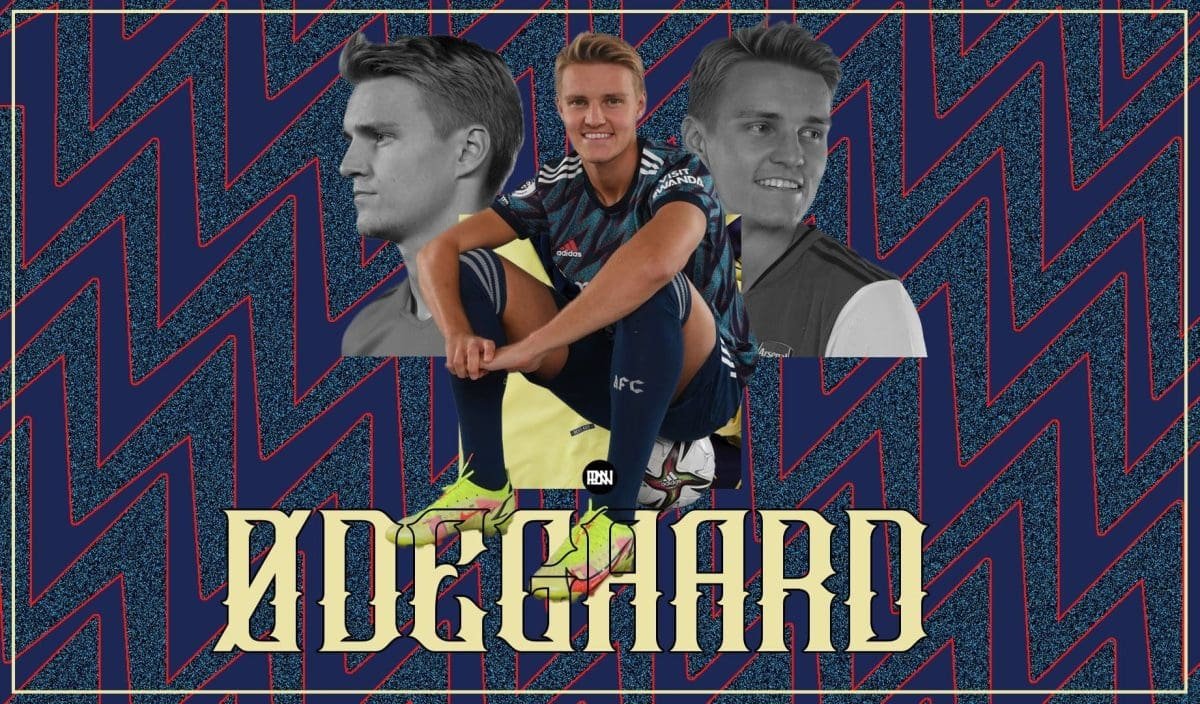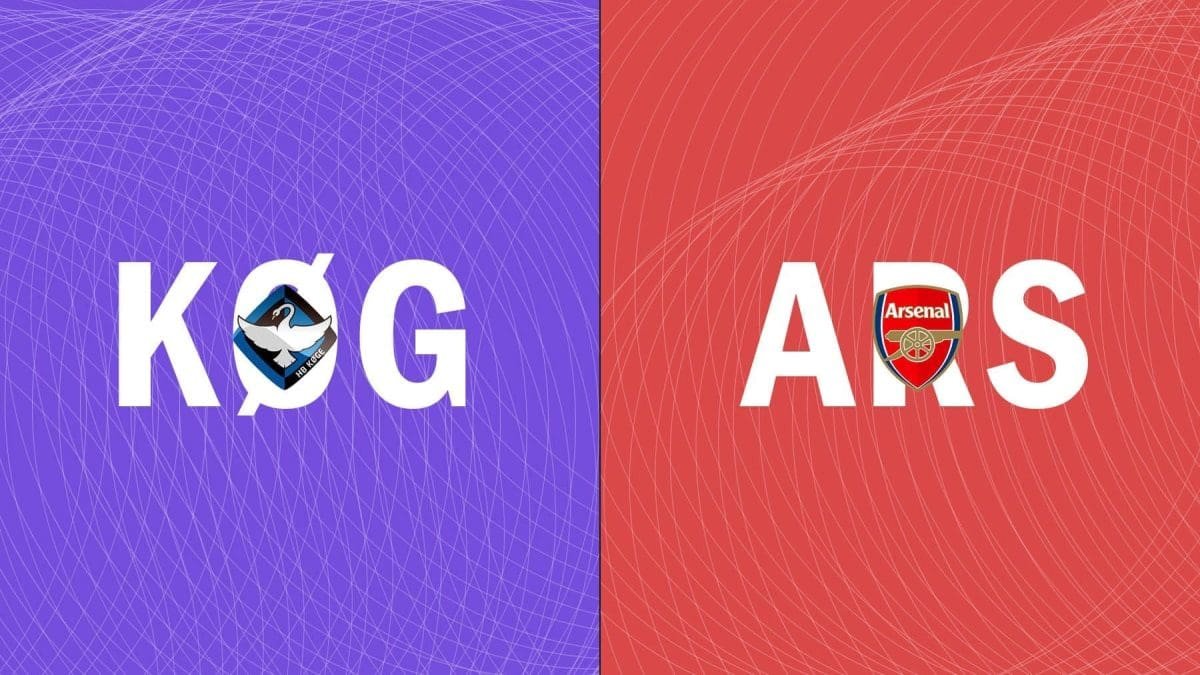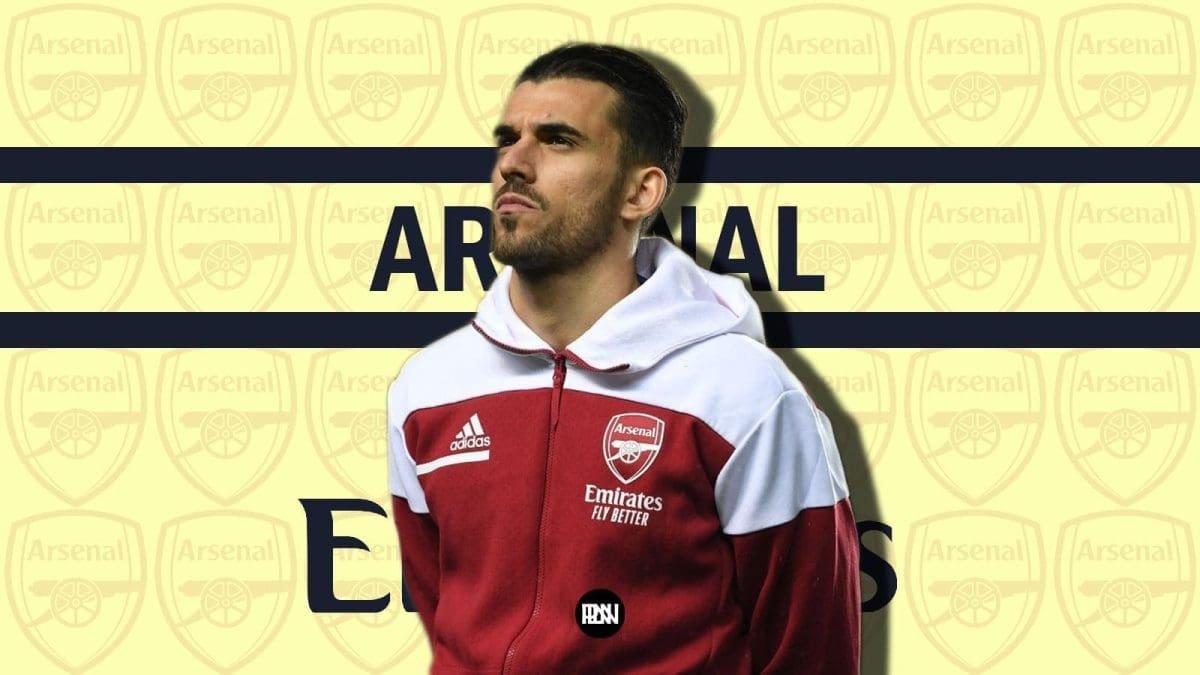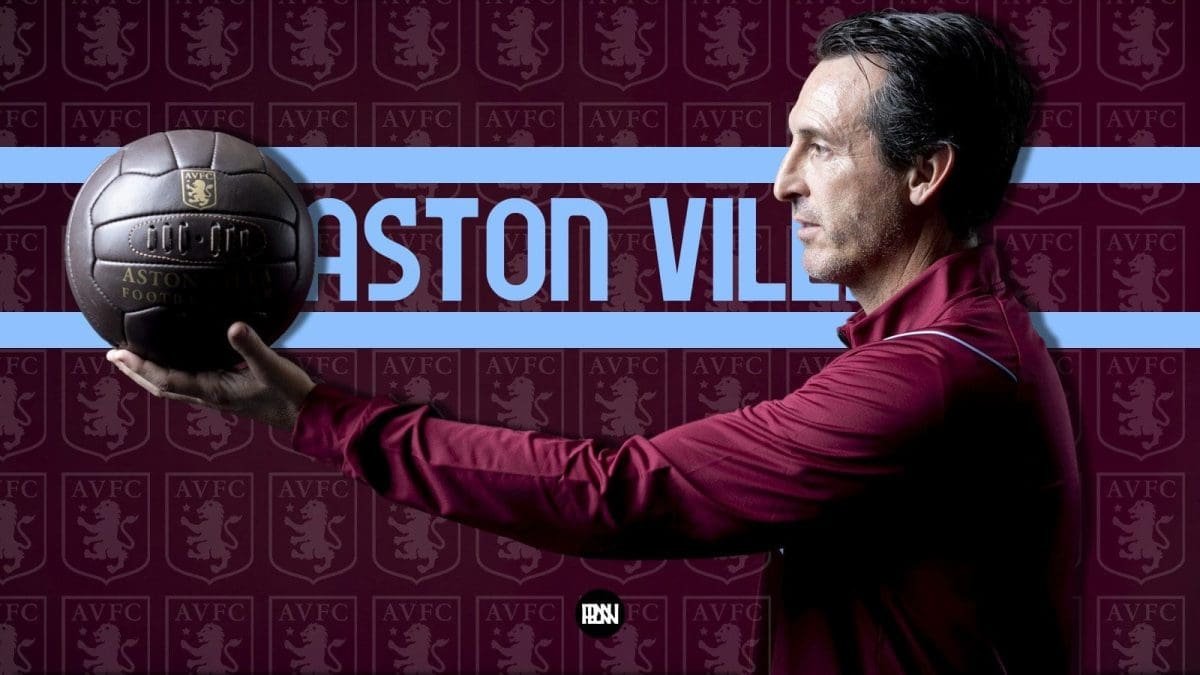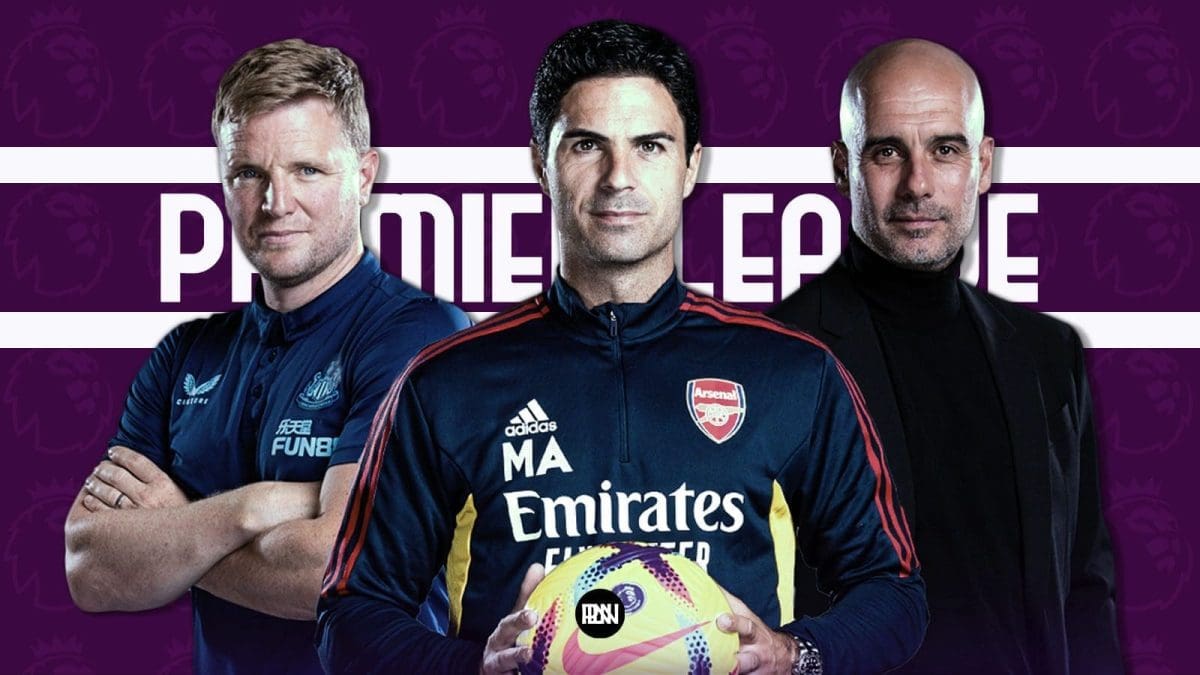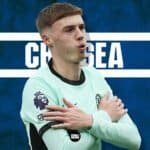There are few technicians in the game now and the number of dynamic thoroughbred midfielders has increased. The roles are well-defined within the team and every player is performing one specific duty. N’Golo Kante excels in what he does because he does his job of intercepting passes and recycling it as well as he does. Ben White is reading the passes in between the lines to eliminate the direct threat Arsenal are posed by skilled playmakers. All in all, the duties are planned out as are the areas on the pitch. However, few players actually go out of the book to operate in areas they are afforded freedom in.
For example – Bruno Fernandes & Kevin de Bruyne are both creators. Both play as a link between the midfield and the attack but the rigidity in the system of Pep Guardiola restricts his Belgian playmaker to certain areas of the pitch. Fernandes, on the other hand, plays in a far more free-flowing system under Ole Gunnar Solskjaer, which works on making use of the best abilities of your best players. Thus, the Portuguese is afforded far more freedom on the pitch than De Bruyne.
However, Arsenal now have somebody in Martin Odegaard, who plays his own games on his own terms in this rigid yet free-flowing team. The back four are extremely tight and compact but as you go vertically, they spread out and there are far more concessions on duties. Pierre Emerick Aubameyang is not the only one making a run into the box nor is Emile Smith Rowe the only player bursting a lung to make the blindsided run.
Hence, more area, more space to create from. The problem is that very few attacking midfielders in this day & age willingly fall back to create for the team. Odegaard, on the other hand, loves occupying such roles. The Norwegian often shifts into the right side of the midfield despite playing more as an attacking midfielder. Although his work in tight spaces is fairly decent, he is a far better user of the ball when he has the time and space to make the best use of it, almost like Real Madrid‘s Luka Modric.
The Croat, unlike the Arsenal man, plays in a three-man central midfield and functions as the furthest midfielder forward. While Toni Kroos acts in a similar capacity, his role is much to do with distribution and ball retention. Modric, on the other hand, is handed the duty of picking passes of ongoing runners and attackers who are skilled at receiving the ball on the turn or in compact areas. His defensive responsibilities are more to do with wriggling his way out of a press or hitting an outside of the boot long pass to Karim Benzema, who excels in holding up the ball and bringing others into the game.
Odegaard is, thus, a No 10, that operates like a 6 or an 8. He enjoys the art of picking apart defences that sit back and absorb pressure. Fortunately for the Gunners, this is an area they have needed help in previously. Mikel Arteta ditched the entire creative hub at the same time when he decided not to put up with the antics of Mesut Ozil. The German, for all his laziness in the defensive side of the game, had the eye for timing his passes.
Regardless, the rebuild is working now and the Norwegian has arrived on a permanent transfer. His performances, in the beginning, displayed why Arsenal shelled out the money while his stutters currently are testament to his inconsistencies.
Let us now take a look at how Martin Odegaard is evolving under Mikel Arteta and how he could benefit this Arsenal side.
A SOUND PASSER OF THE BALL:
Odegaard became known for his silky passing and his ability to navigate in tight spaces in La Liga. His time in Real Madrid was short-lived but he hit back at his critics during his stint with Real Sociedad. Almost operating behind the striker, he became far more liberated with his passes and almost focused on feeding the ball into the penalty box.
However, his decision-making has improved under Arteta, and now works almost as a central midfielder for the greater good of the team. Emile Smith Rowe and Bukayo Saka are industrious in their own ways but both players prefer operating in and around the penalty box.
This helps Odegaard act as the third central midfielder, albeit the progressive one. In comparison to his peers that operate in similar roles, he is in the 94th percentile of attempted passes and in the 98th percentile of completed passes–traits of any good No 8. In fact, his progressive passes are also in the 84th percentile and he is also carrying the ball far more often into the final third of the pitch (11 times this season).
Passing, however, is the main aspect at hand. More often than not, he attempts vertical passes to keep the game moving and trying to push the ball into the hands of attackers that can pose a threat to the opposition. Moreover, he attempts such passes despite failing to do so 4 times out of 10. But when he is successful, it puts the Gunners into great goal-scoring areas. He is achieving 3.78 shot-creating actions per 90– a little lesser than De Bruyne and a reasonable way off from Fernandes. It must be noted that the Portuguese also operates in a team with a lot more shot-takers than Arsenal. Cristiano Ronaldo, Anthony Martial, Marcus Rashford, Mason Greenwood, and Edinson Greenwood are more or less pure centre-forwards, and the Portuguese playmaker flourishes by supplying them half-chances in areas suitable to their strengths.
Odegaard notches a level above since he focuses more on delivering chances on the edge of the box and into open spaces, thereby anticipating the forward vertical run of an attacker. He likes moving into the right-hand side of the midfield than the left due to his over-reliance on his favoured left-foot. The problem is that the 22-year-old is not all that fast and cannot get past players as some of his compatriots. His physicality also needs improvement as he can be shrugged off comfortably. But he understands the time to make the pass and the time to hold the ball and retain it, which makes him less of a flight risk in the deeper role.
But in doing so and playing a little deeper, especially when Alexandre Lacazette and Aubameyang look like their old selves, Arteta has a premium chance creator. The youngster’s passes in the range of 5-30 yards are completed 91% of the time, ensuring precision and cut-throat creation of goals– very similar to Modric at Madrid, who is averaging a completion rate of 95% for the same range of passes.
But the 36-year-old plays in a much more toned-down league and has years of experience of doing this. Nevertheless, Odegaard becomes the golden boy when Arsenal plays a team from the bottom half of the table and would be comfortable conceding possession to them. Thomas Partey and Albert Sambi Lokonga can only do so much of defending and moving the ball from side to side until one of the attackers takes the responsibility of coming to a fair distance away from the goal and pinging the balls into the attackers.
Teams like Burnley, Brentford, Norwich City, Newcastle United, and a couple of other sides are well-shaped and use almost three central midfielders or defenders to absorb the pressure and hit on the counter. The Gunners suffered against The Bees on the first day of the season due to the lack of quality in the starting lineup and the absence of their strikers. However, even Odegaard could have solved their problem on the day because of his bravado to play the risky passes in areas where the opposition could very well pick up the ball and counter-attack them.
As a whole, Odegaard has evolved as a player that passes into the lanes and channels and creates constantly rather than sitting on his laurels waiting for somebody to produce a goal-worthy pass to him.
DYNAMIC MOVEMENT:
The Norwegian international is clever, thrifty, and has developed an innate positional sense in this youthful team. Takehiro Tomiyasu works hard on the right flank in the attacking as well as the defensive phase of the game but does not have a lot of crossing ability nor is he a penetrating passer. However, is he often afforded the chance to bombard ahead due to his stamina levels and Odegaard’s understanding of occupying the half-spaces and willingness to run back and forth.
Very much like Modric, the Arsenal midfielder also picks up positions that form a triangle with the winger and the full-back. For example- if Tomiyasu is venturing forward with a run, he assumes a role in the center of the Japanese and the winger or that side, which more than not, is either Bukayo Saka or Nicolas Pepe.
Let us now take a look at some of the examples of the above movement.
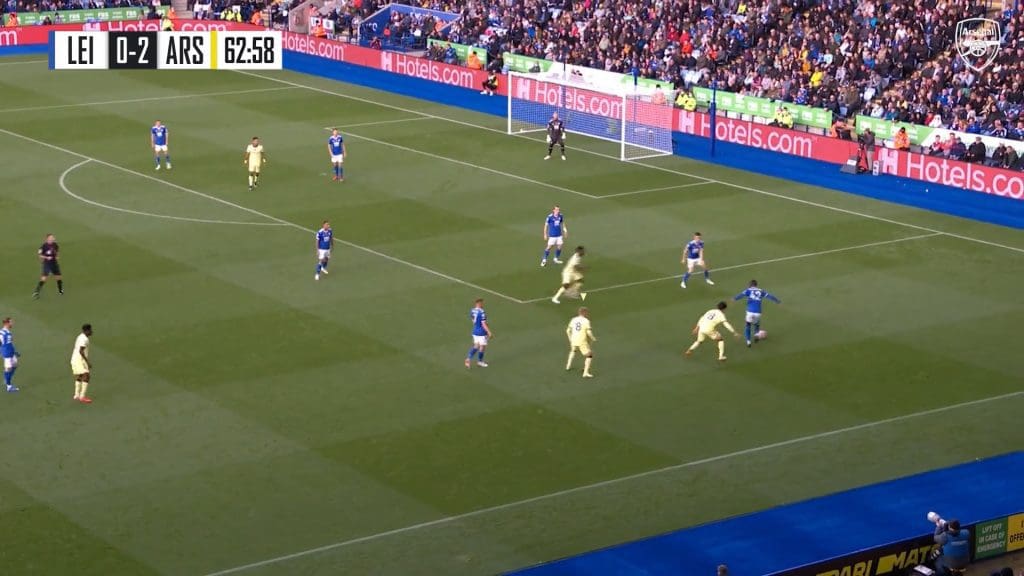
Exhibit 1: Odegaard holds off on the pressing and forms a triangle behind Saka and Tomiyasu who decide to press Boubakary Soumare. His movement here enables a passing option to either player should they gain possession of the ball. At the same time, Odegaard is also placing himself in front of Harvey Barnes or at least in a position to cut-off the Englishman’s passing lane. Thus Soumare cannot play the ball out of the back either.

Exhibit 2: Now an inverse position of the above exhibit, where Arsenal are in possession and Saka is staying out wide while Tomiyasu is standing inside the penalty box. The Japanese and the English winger often interchange positions rapidly but Odegaard always forms a triangle and due to his ability to maneuver the ball with his left foot, he can either take on a player and put Saka through on a run to the by-line or hit an outside short pass to Tomiyasu, that will either give the right-back the option to turn and shoot or pass back to the Norwegian.
Now, a two-part exercise.

Exhibit 3: The Gunners hold the ball in the centre of the pitch and he is occupying the space on the right half just behind the first line of Leicester’s midfield but a good distance away from the opposition backline. His creative nous to shift into this area has now made it possible for him to turn quickly and either take a run at the defenders or run centrally and combine with Saka– both viable options.

Exhibit 4: However, he never receives the pass as his teammates pass it backward. Now, it would have been very easy for him to just stay upfront and let Ben White deal with the pressure. But he has come back and has provided a passing option to the English centre-back. This back and forth constant movement makes it easy for Arteta’s men to pass out from the back or outnumber the opponent in the centre of the field.

Exhibit 5: Arsenal have a set-piece and the only option is to cross the ball into the box. Given that Saka is standing over the ball, he is likely to plough the cross into the right-hand side where Aubameyang is waiting. However, just behind the Gabonese, on the far right corner, lies Odegaard. He is taking each step ahead as the striker because he wants to be first to the second ball if it is headed out. Should he manage to win the second ball, he can whip another cross into the box. Alternatively, if the ball comes out to either of Sambi Lokonga or Saka, they can they find the Norwegian on the flank and stretch the Leicester backline horizontally to the right.

Exhibit 6: Lastly, we can again see Odegaard in the right half of the attacking midfield line and he is quickly looking up to find a runner in Saka. He has quickly moved into the half-space to receive the pass from his English compatriot and has turned instantaneously to locate him again.
This is just an 8-minute phase of the midfielder’s productivity after having come on only 5 minutes ago. But his constant willingness to run across all areas of the pitch and making quick decisions and occupying the spaces has helped the Gunners press cohesively, create chances, and always find a passing option available.
Now, what exactly makes the 22-year-old similar to Modric at Real Madrid?
The Croatian is an expert technician of the ball and his first touch takes him away from the opposition more often than not. His movement in the midfield three keeps fluctuating due to his abilities when in and out of possession. However, over the years, he has developed into a player that can flourish in a possession heavy side as well as one that plays on the counter.
With Real Madrid, Modric features as a bustling central midfielder with a lot of urgency on the ball but a similar level of calm when not in possession. He tackles the ball expertly but also knows the next pass if he does catch hold of the ball. His outside foot passes are near exemplary as they always find a runner and the weight on it does most of the job for the attacker. But do not let his passing ability distract you from his technical qualities of going past people. Despite being a right-footed midfielder on the right-hand side of the midfield, Modric pushes aside and moves past the first line of the press like a gazelle. He can change directions on the run and wrong foot incoming tacklers.
Once he brushes past the first line, it becomes easier to play through balls or basically outnumber the final third. The 36-year-old very rarely loses the ball and often passes it to an idle teammate. He constantly moves the ball around and drags opponents with him due to his subsequent movement.
Because he is constantly hovering around a huge chunk of space on the right side, it allows Karim Benzema to drop into spaces behind him, thereby creating an overload in the final third and just becoming an asset to the team as a whole.
Like the former Tottenham Hotspur midfielder, Odegaard chalks and changes his position constantly and plays in a free role on the right-side. He is the first to press but also the first to receive the ball under pressure from his defenders. He does not fret to make the risky pass but passes horizontally until he finds the right time and space to ping the ball into an attacker.
Martin helps out Tomiyasu when he has to but also affords him enough room on the flank. He does not interfere with the industry of Saka or Smith Rowe but shifts into similar areas when they push into the penalty box. His shot-taking abilities could improve but he is occupying the right positions.
Thus, he is certainly one who is building into a Modric-like technician but somebody who is also trying to nail down a spot in the starting XI and is yet to make a position his own. But the comparison between the two was needed to show the versatility of Odegaard and the kind of rare breed midfielder that he is.
Creating effectively and putting in the hard yards solely to put your teammates into efficient goal-scoring areas is a lost art but it is certainly something that Arteta is bringing out of his little playmaker. Moreover, as the years go by, the attacking midfielder could slot into a three-man midfield or even facilitate his Spanish boss from making in-game changes in the coming games. The youngster possesses a lot of potential, something Zinedine Zidane tapped heavily into of Modric during his tenure at the Spanish capital. Like Zidane, Arteta is a former midfielder who understands the game and knows how to position his technical players.
Arsenal have an emerald in their pond and it is now Arteta’s duty to make him shine on a consistent basis and form a team that suits his capabilities rather than one that hinders it.
MUST READ:
– Why is Granit Xhaka so hard to replace at Arsenal?
– Pierre-Emerick Aubameyang isn’t a finished article
– Charlie Patino: The Rolls-Royce midfielder Arsenal have been brewing in their ranks
– Is Aaron Ramsdale a good buy for Arsenal at £32 million?
– Aubameyang & Ramsdale are a match made in heaven!


